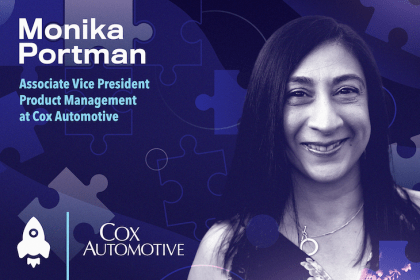
All in all, an action plan (especially when finely tuned and strategic) complements your product strategy by providing an actionable roadmap to success.

Without a proper product information management strategy, you’ll end up with several disparate channels of manual control, increasing dependencies and potential for human error.

Product ops helps to scale the product team, improves feature adoption, and accelerates feedback loops between product, engineering, and customer success teams.

Site reliability engineering (SRE) is a software management approach that seeks to bridge the gap between development and operations teams.

Nowadays, AI is incredibly efficient — so much so that members of product management teams might believe they can wholly depend on it for their work.

Explore some user acquisition strategies to help your product make a lasting impact in the hearts and minds of your target audience, from organic growth to paid advertising, viral campaigns to influencer partnerships, and more.

A user flow diagram is a visual representation of a user’s journey through your product that shows the sequence of actions that a user takes.

The Scaled Agile Framework (SAFe) is a methodology designed to to ensure the coordination and scaling of agile practices across multiple teams collaborating to create a product or solution.

Quality assistance is a model where quality assurance is not seen as a separate activity, but rather as a shared responsibility of the whole team.

A sprint retrospective is a scrum meeting (aka an event or ceremony) that is held once a sprint has ended to reflect on the work that has just taken place.

We sit down with Monika Portman, Associate Vice President of Product Management at Cox Automotive, to talk digital initatives and more.

A project sponsor oversees projects and ensures that they advance the business’s goals, missions, and overall vision.